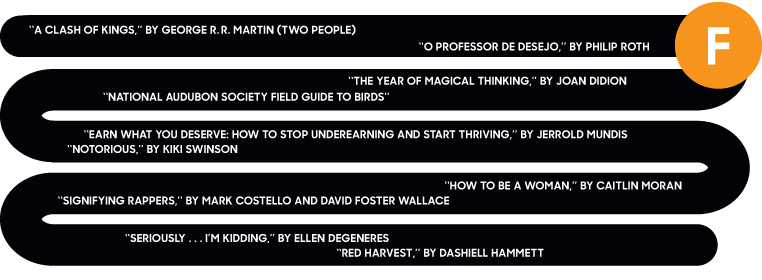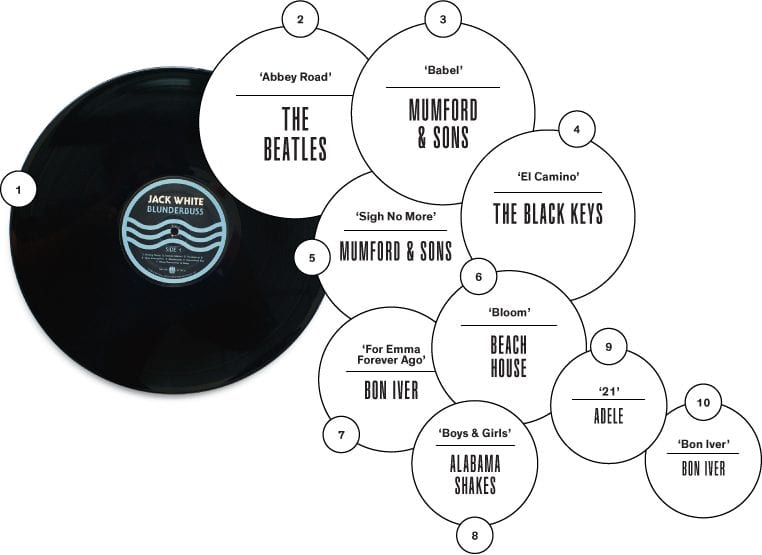
The Bestseller List
Popularity can be a confounding measuring stick.
Consider common catch-phrases used to describe things that are notable, talked-about and desirable: The top download on iTunes; The number-one movie in the country; A New York Times best seller; The most tweeted meme; The season’s hottest color; The most popular girl in school.
Each suggests some level of status, or popularity – but each requires an entirely different metric. Is “popularity” sales success, transient opinion, collective admiration, or a combination? Can buzz-worthiness, in fact, truly be measured? The question vexes many a public relations practitioner.
A recent New York Times Magazine article, “What Was, Is and Will Be Popular,” examined what drives popular culture and how our notion of chart-topping content has evolved over time. The practice of ranking popular culture is not new, and we are now equipped with precise metrics to assess popularity in real-time. Yet the landscape continues to morph. With the onslaught of individualized content, we are witnessing a decentralization of popular tastes where musical artists, television producers and brand marketers must weigh whether they are basing their success on viewership statistics, saturation into the cultural conversation, or both.
The article argues that the “refraction of culture” should not be seen as a negative; alternatively, it allows for a more democratic conception of popularity: “Popularity is not just about making cultural products financially viable; micropopularity encourages creativity in more ephemeral ways as well.”
 While placing a premium on individualized content and enjoying creative freedom is duly noted, this poses a challenge to marketers who still have a financial responsibility to their clients. The public relations industry has been centered on identifying and igniting cultural conversations. How should our industry confront the fragmenting of popular culture?
While placing a premium on individualized content and enjoying creative freedom is duly noted, this poses a challenge to marketers who still have a financial responsibility to their clients. The public relations industry has been centered on identifying and igniting cultural conversations. How should our industry confront the fragmenting of popular culture?
If tastemakers are turning inward and prioritizing personalization and fragmentation, how should we tailor campaigns to tap into the changing cultural zeitgeist and still deliver lasting impact for our clients’ brands?
Is micropopularity a paradox or does it represent an opportunity for brands to target niche markets in creative ways? Can we remain nimble enough to seize upon cultural memes and leverage passing popular fads to be a focal part of the conversation? Are there instances where the cultural relevance of a brand accrues more value than an immediate financial return?
 Measuring success just got trickier, forcing us to lay out mid-term goals and long-term goals. In a world where quantitative outcomes are king, we should probably start focusing more on qualitative outcomes as well. As the way we measure cultural preeminence and marketing success evolves, we need new metrics to evaluate micropopularity to determine which brands stay relevant with their pop-culture savvy consumers.
Measuring success just got trickier, forcing us to lay out mid-term goals and long-term goals. In a world where quantitative outcomes are king, we should probably start focusing more on qualitative outcomes as well. As the way we measure cultural preeminence and marketing success evolves, we need new metrics to evaluate micropopularity to determine which brands stay relevant with their pop-culture savvy consumers.
 Click here to learn more nuanced categories of popularity as well as the most streamed songs on Spotify, the five most tweeted TV shows, the most popular author to steal from St. Mark’s Bookshop, and the best remembered product integration on TV, 2012.
Click here to learn more nuanced categories of popularity as well as the most streamed songs on Spotify, the five most tweeted TV shows, the most popular author to steal from St. Mark’s Bookshop, and the best remembered product integration on TV, 2012.
This piece first appeared on The Holmes Report.
Image credit: NY Times


